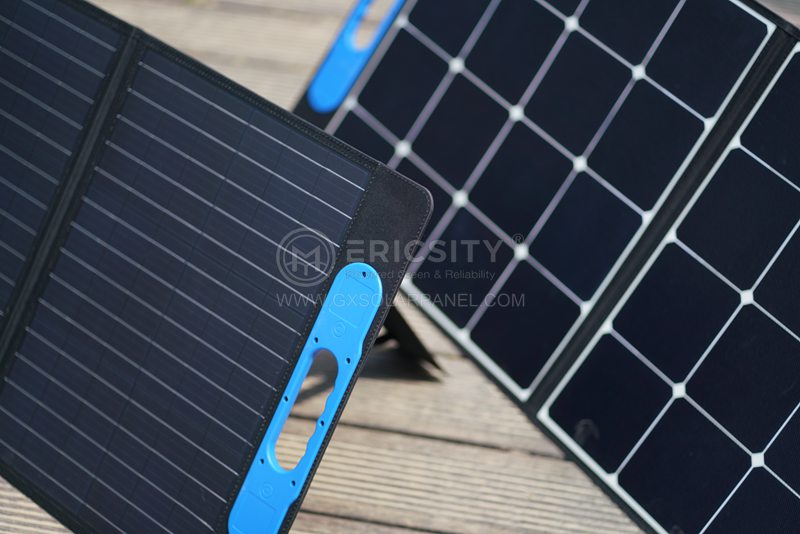HOT PRODUCT
Product Details
black Flexible Solar Panels: A Sustainable Choice For The Planet
Title: Black Flexible Solar Panels: A Sustainable Choice For The Planet
Introduction:

Solar energy has emerged as one of the most promising renewable energy sources, providing a sustainable solution to reduce our reliance on fossil fuels. In recent years, the development of black flexible solar panels has revolutionized the solar industry, offering improved aesthetics, versatility, and efficiency. These innovative panels have gained considerable attention and are now considered a sustainable choice for a greener planet. This article delves deeper into the features, advantages, and environmental impact of black flexible solar panels.
1. Black Flexible Solar Panels: An Overview:
Black flexible solar panels, also known as thin-film solar panels, are a lightweight and adaptable alternative to traditional crystalline silicon panels. They are typically made of amorphous silicon, copper indium gallium selenide (CIGS), cadmium telluride (CdTe), or organic photovoltaic materials. The black coloration enhances their visual appeal while retaining optimal energy conversion capabilities.
2. Enhanced Aesthetics and Versatility:
One key advantage of black flexible solar panels is their ability to blend seamlessly into various architectural designs. Unlike conventional panels, which are predominantly blue or silver, black panels can elegantly integrate into various building surfaces, such as roofs, facades, and windows, without compromising their visual appeal or functionality. This inherent flexibility provides architects and designers with greater freedom to incorporate solar energy seamlessly into buildings and infrastructure.
3. Efficiency and Performance:
While black flexible solar panels may have a lower energy conversion efficiency compared to crystalline silicon panels, they offer other advantages that offset this difference. Thin-film solar panels perform better under low-light conditions, making them ideal for areas with overcast weather or partial shading. They also generate more electricity in diffuse light, providing a consistent output throughout the day. This feature makes them particularly suitable for regions with cloudy climates or urban environments with shading obstructions.

4. Environmental Impact:
Choosing black flexible solar panels also contributes to reducing the environmental impact of solar energy production. Thin-film panels require fewer raw materials during manufacturing, resulting in a lower carbon footprint. Moreover, the manufacturing process is less energy-intensive compared to traditional panels, thereby minimizing greenhouse gas emissions. Additionally, black flexible solar panels can be integrated into existing structures, leading to minimal land use and ecological disruption.

5. Applications and Future Prospects:
The adaptability and aesthetic appeal of black flexible solar panels offer a wide range of applications beyond traditional solar installations. They can be integrated into portable charging devices, vehicles, wearable technology, and on various surfaces in the Internet of Things (IoT) ecosystem. With ongoing advancements in research and development, the future holds immense potential for black flexible solar panels in powering smart cities, transportation systems, and other sustainable infrastructure projects.
Conclusion:
Black flexible solar panels represent a sustainable choice for the planet, meeting the growing demand for renewable energy sources while offering enhanced aesthetics, versatility, and improved performance. Their ability to blend into various architectural designs, coupled with their environmental benefits, contributes to a greener and more sustainable future. As renewable energy becomes increasingly mainstream, the ongoing development and utilization of black flexible solar panels will undoubtedly play a vital role in our global transition to a low-carbon economy.




